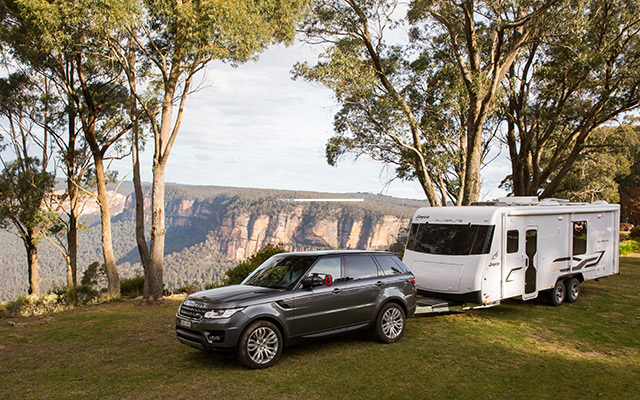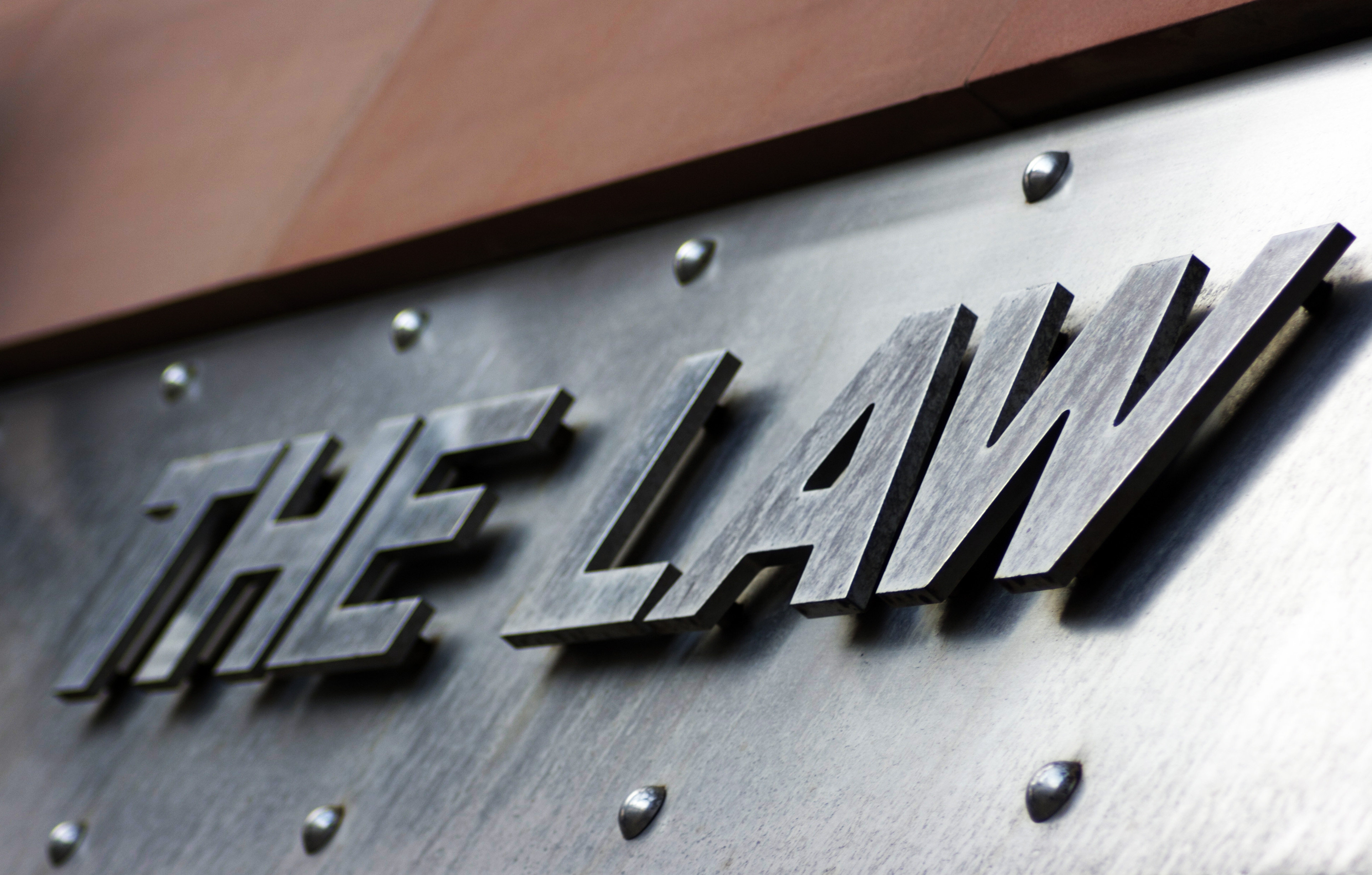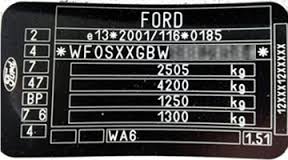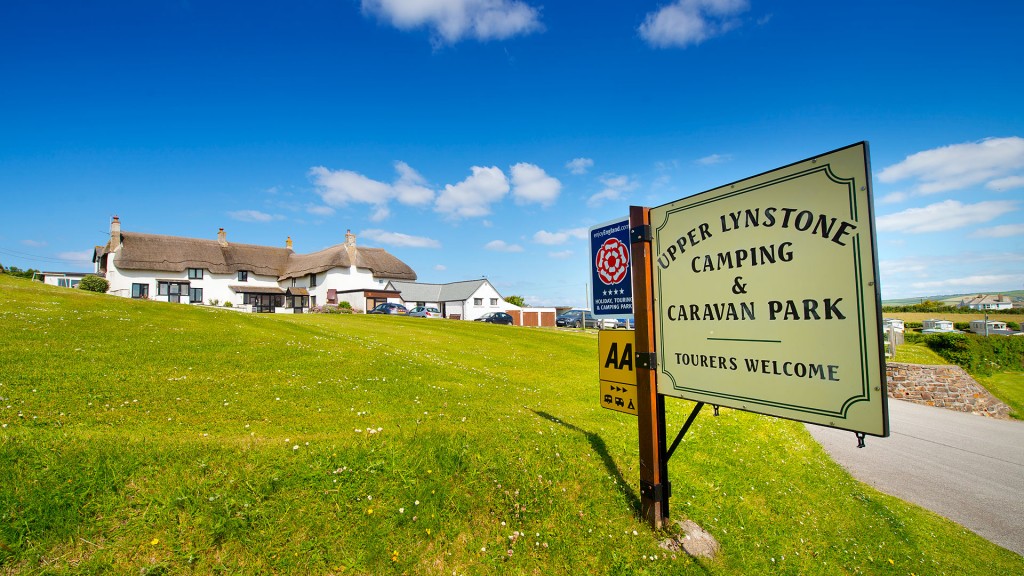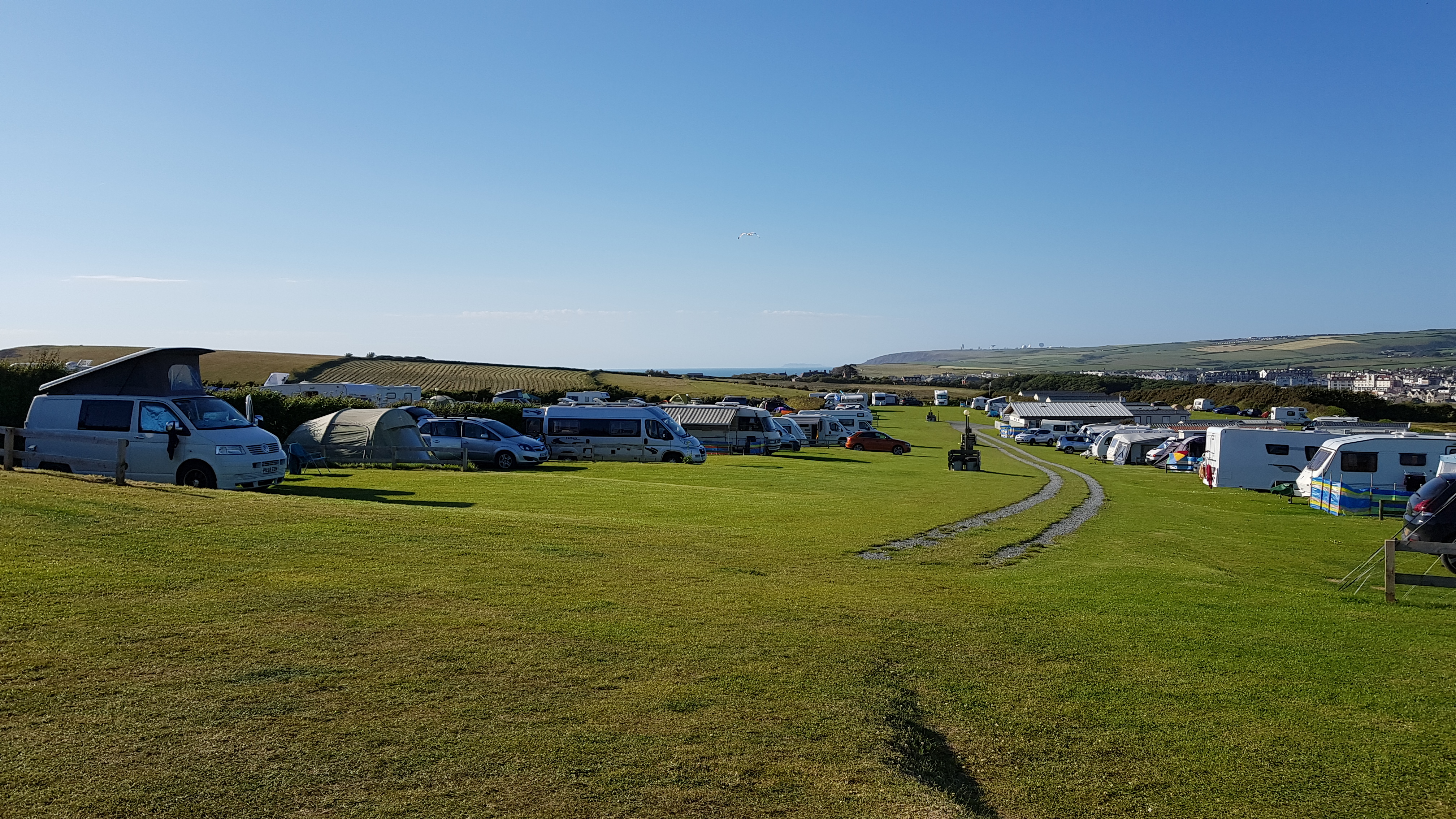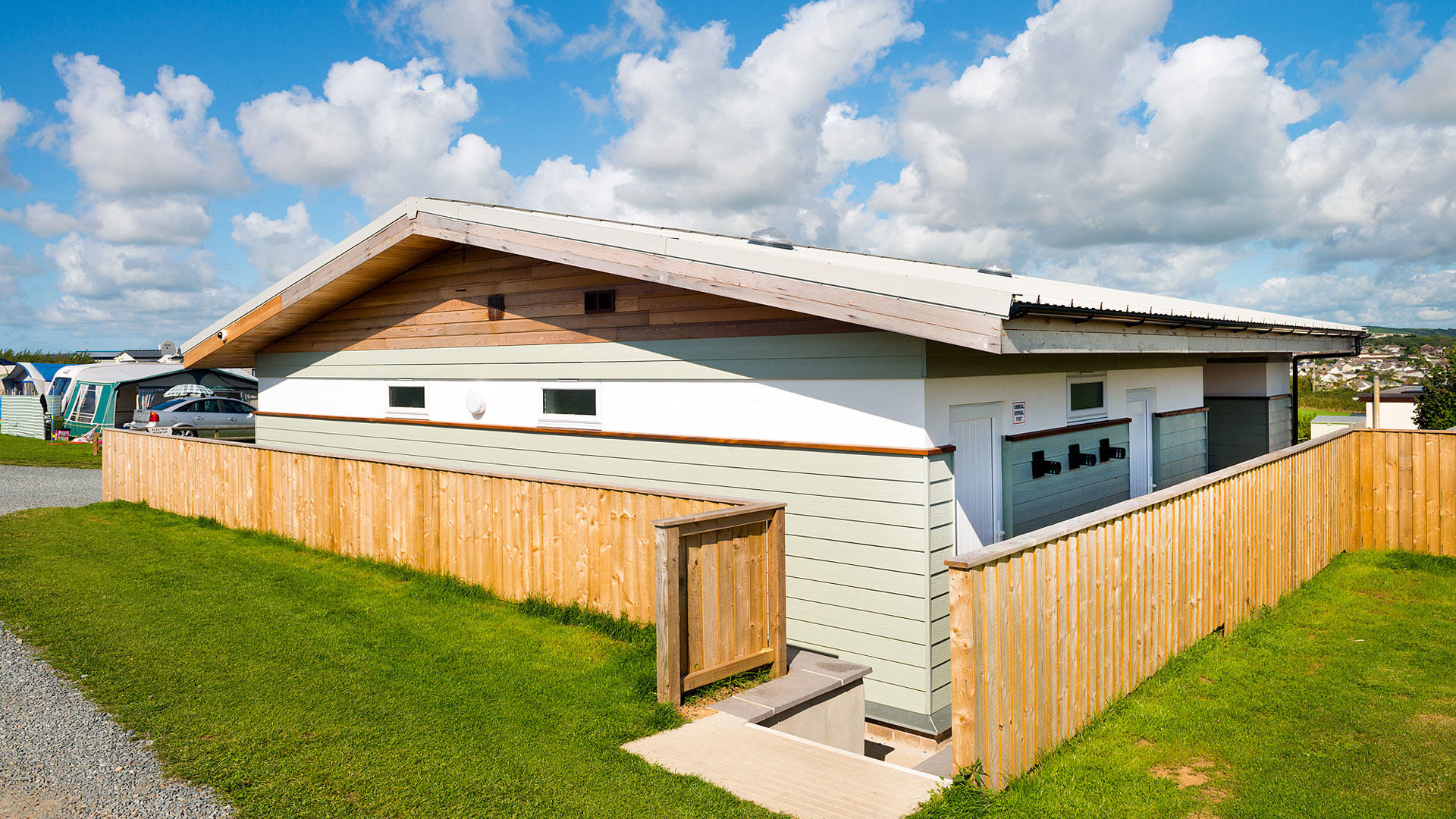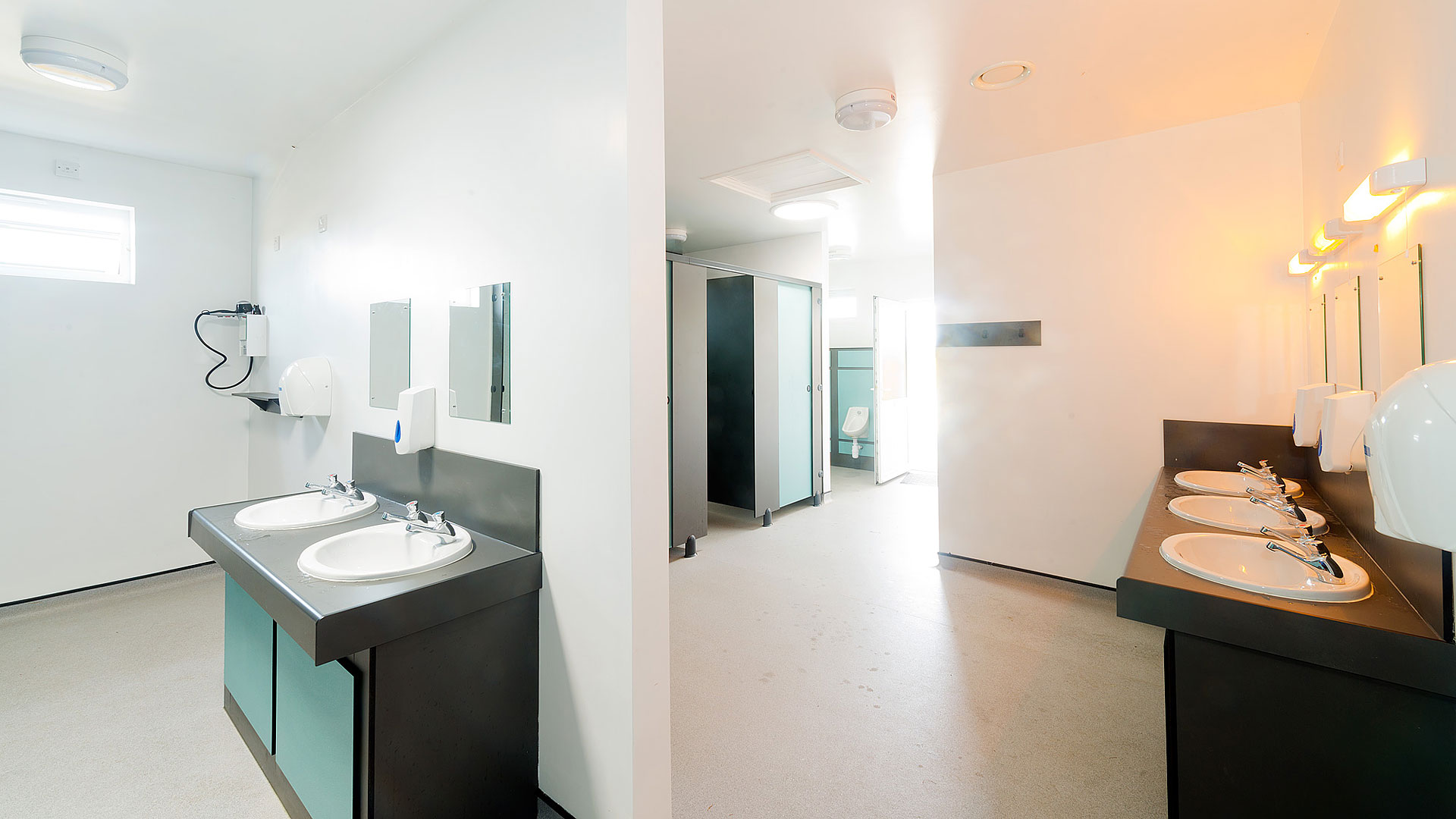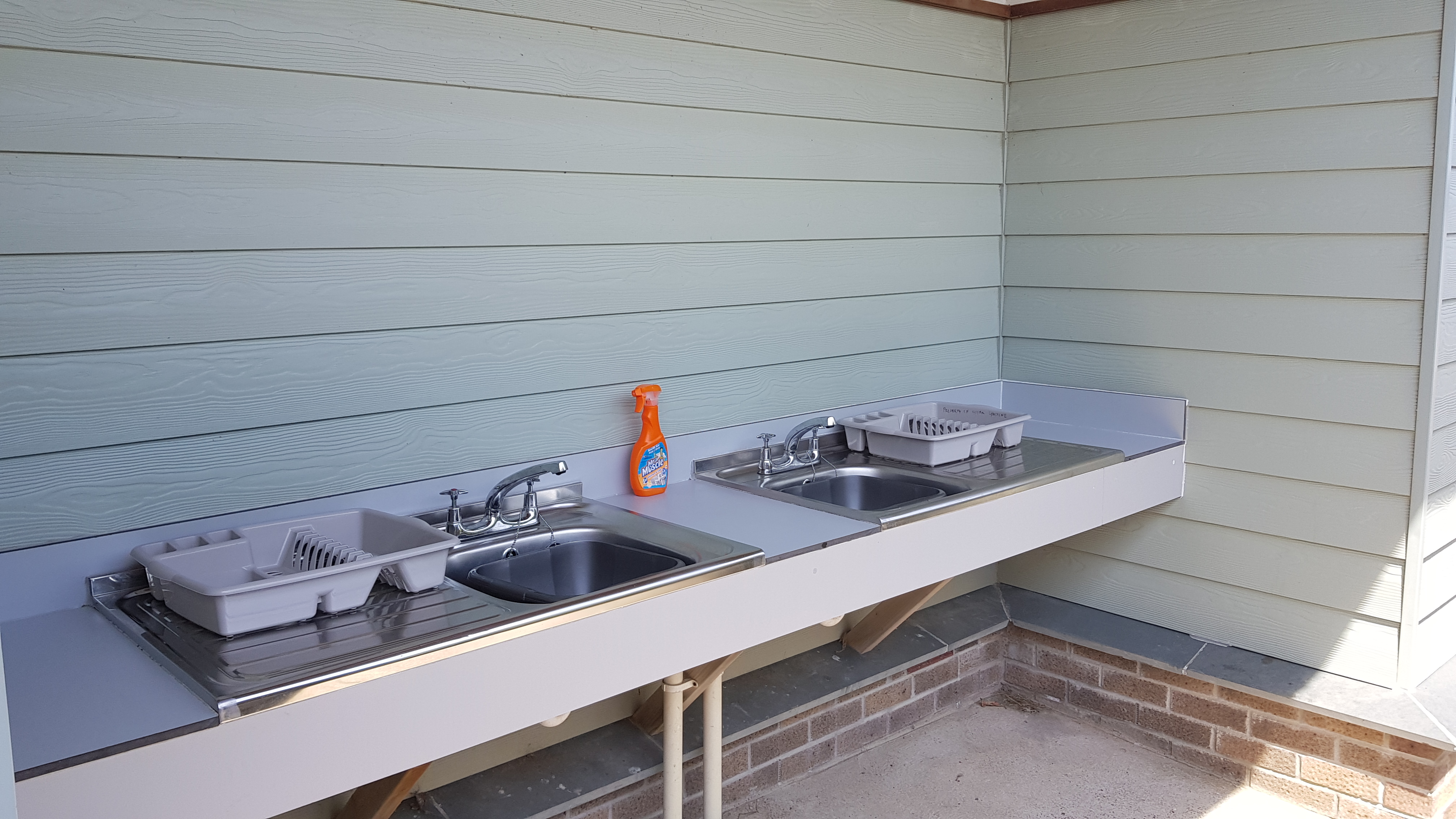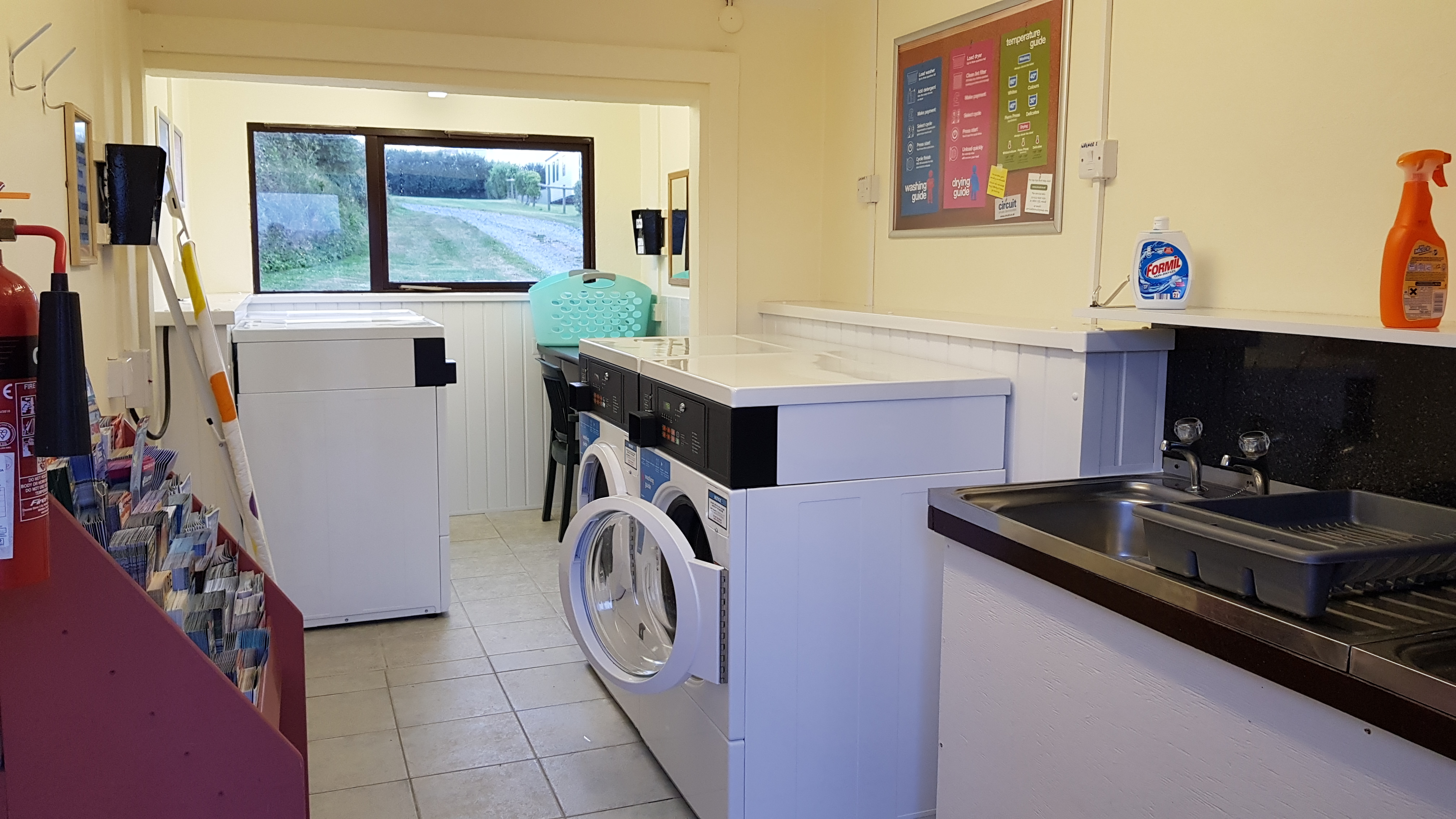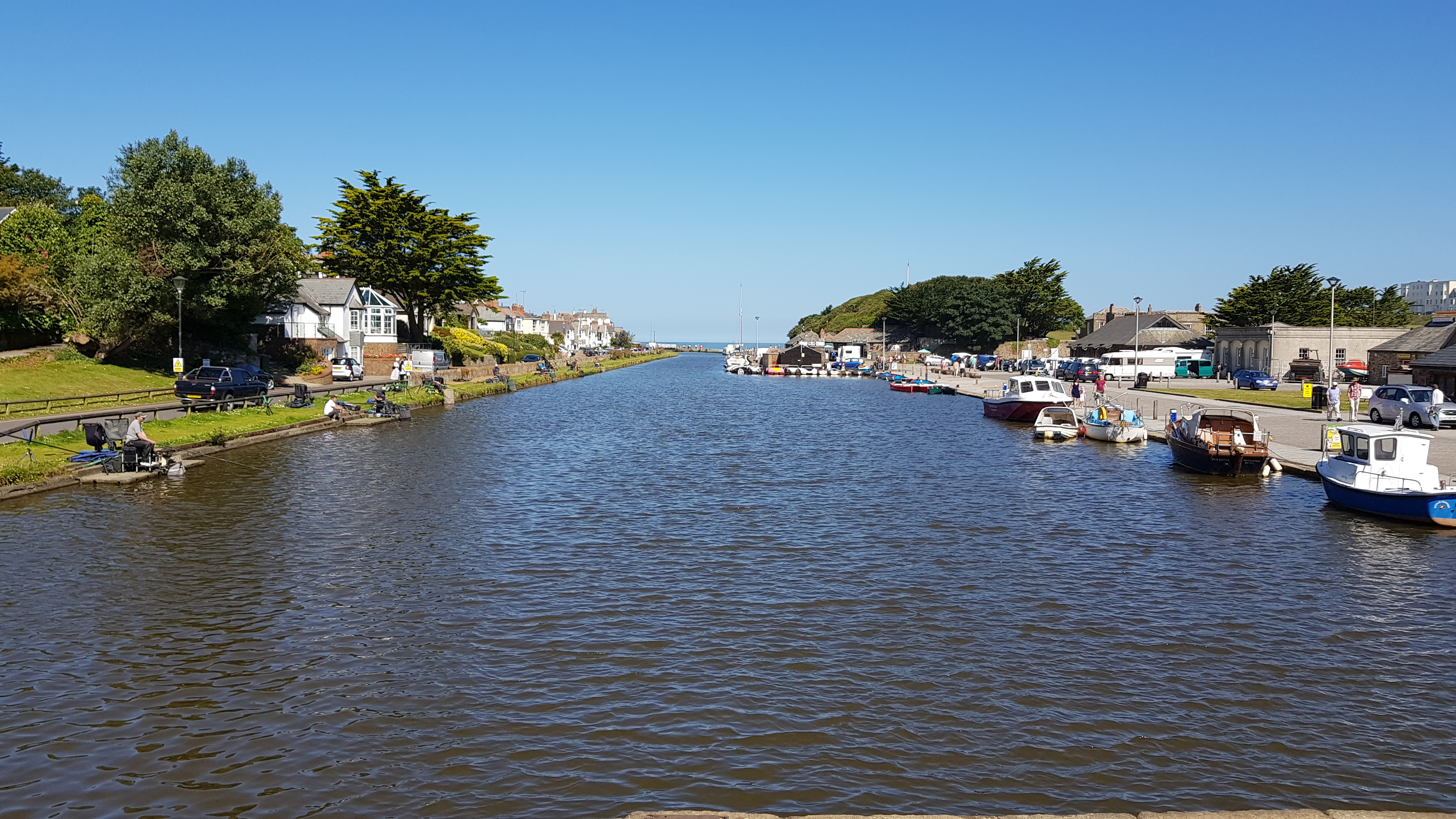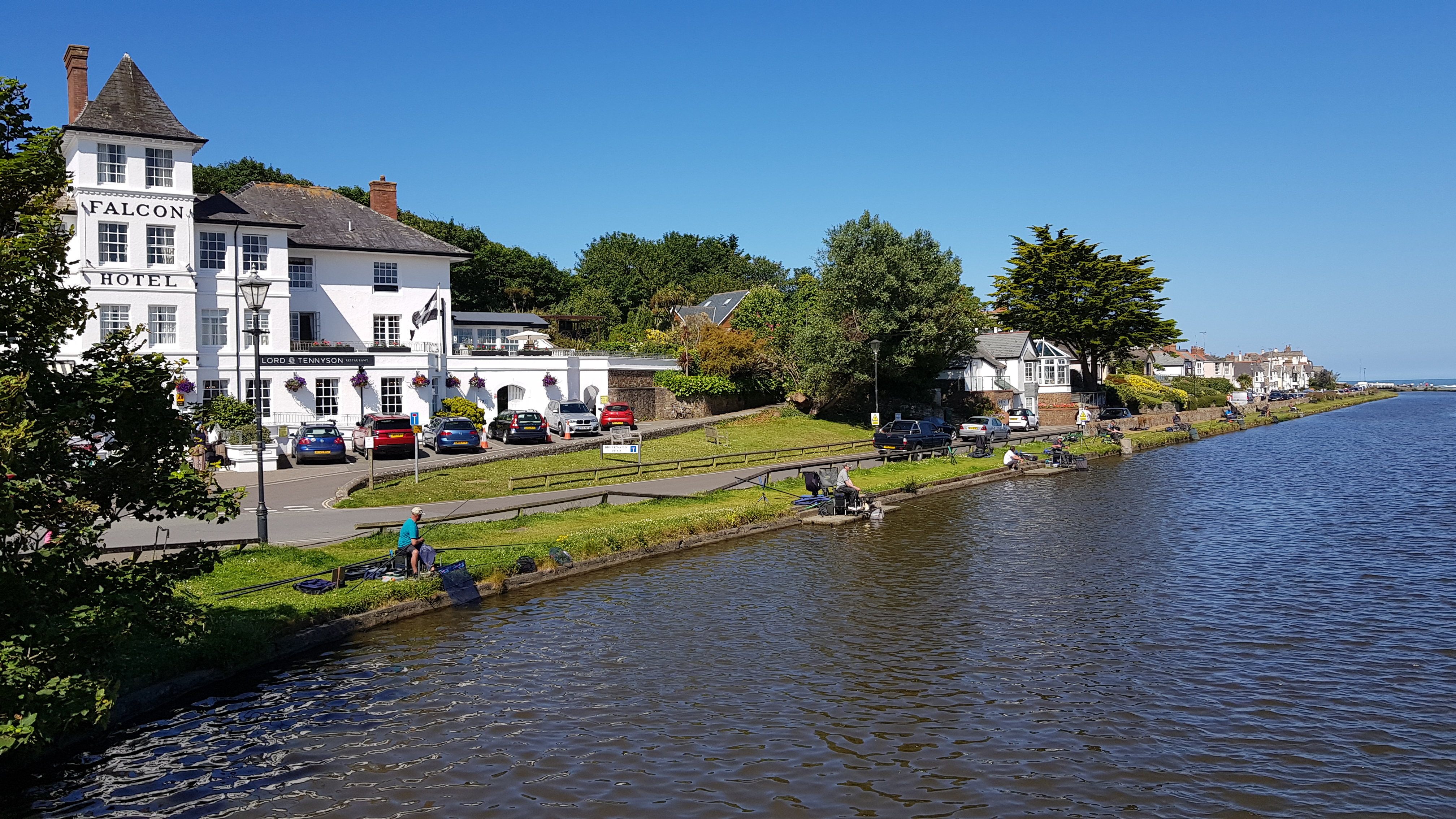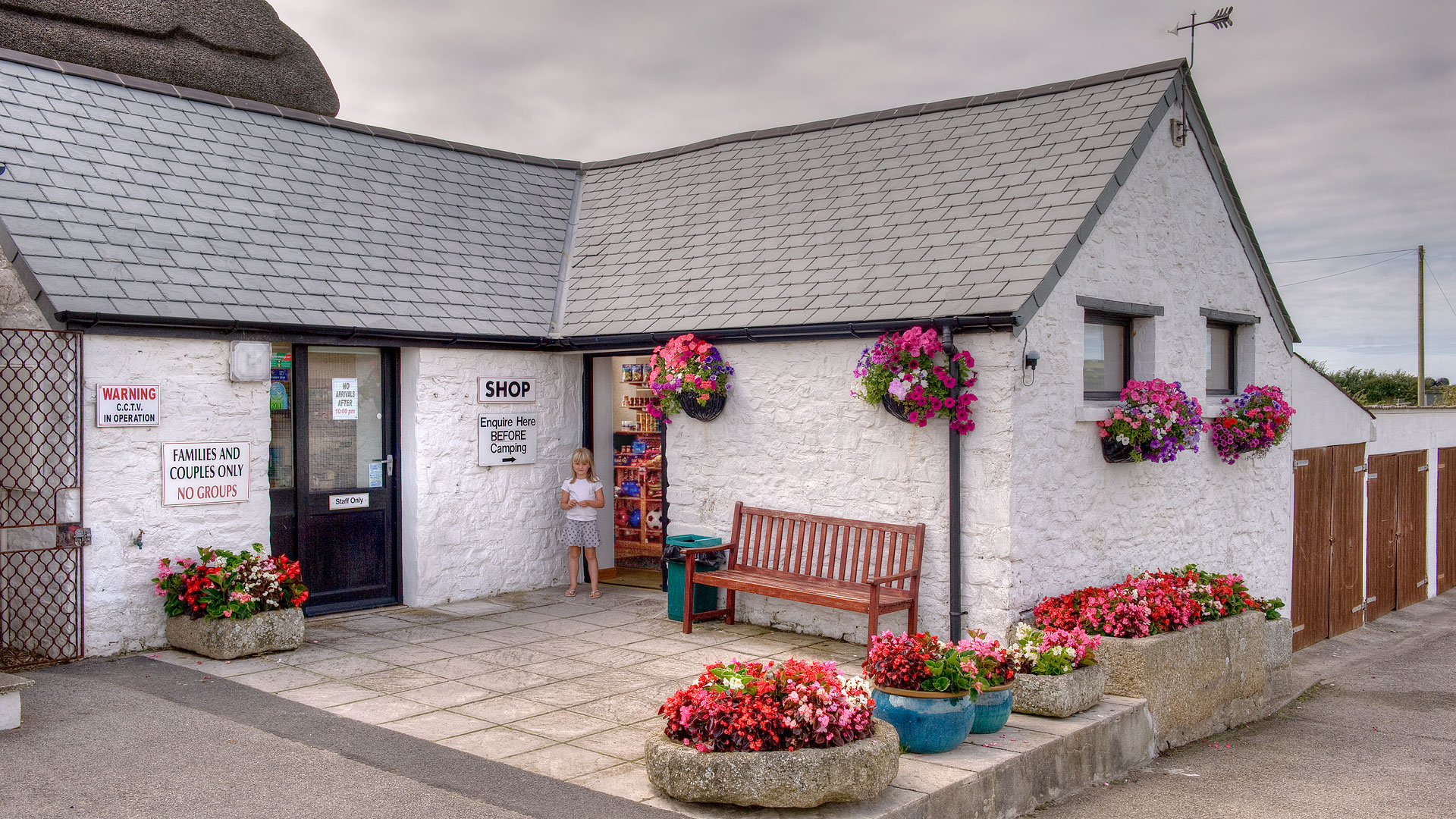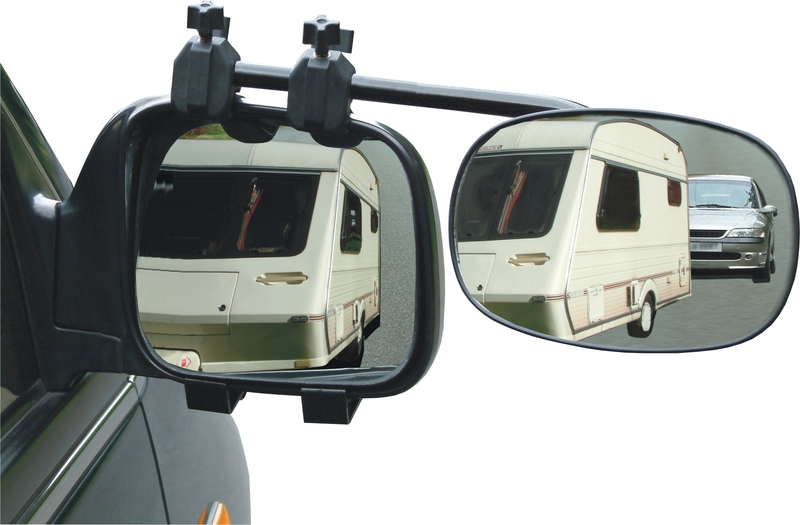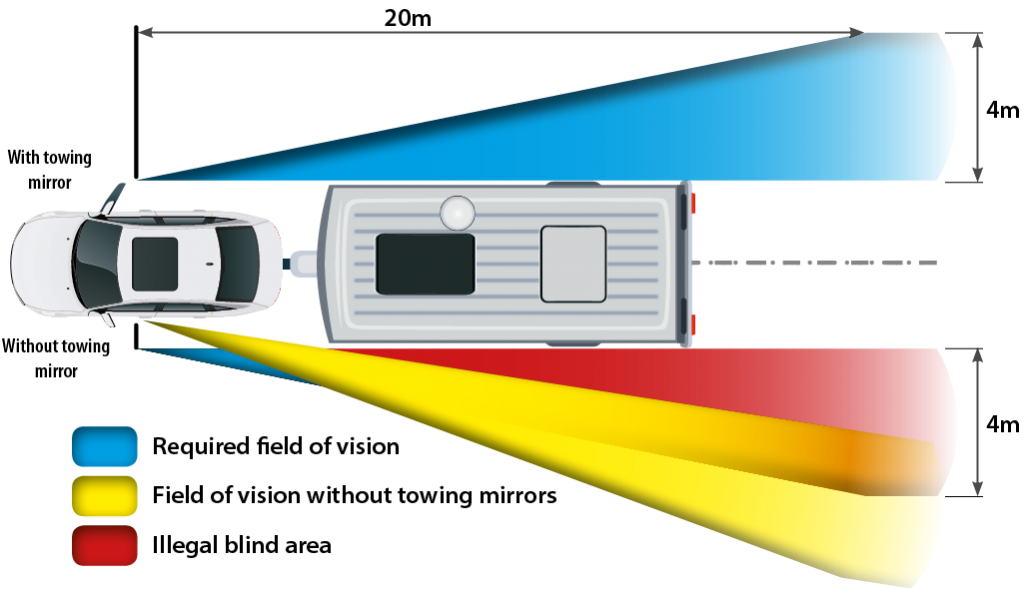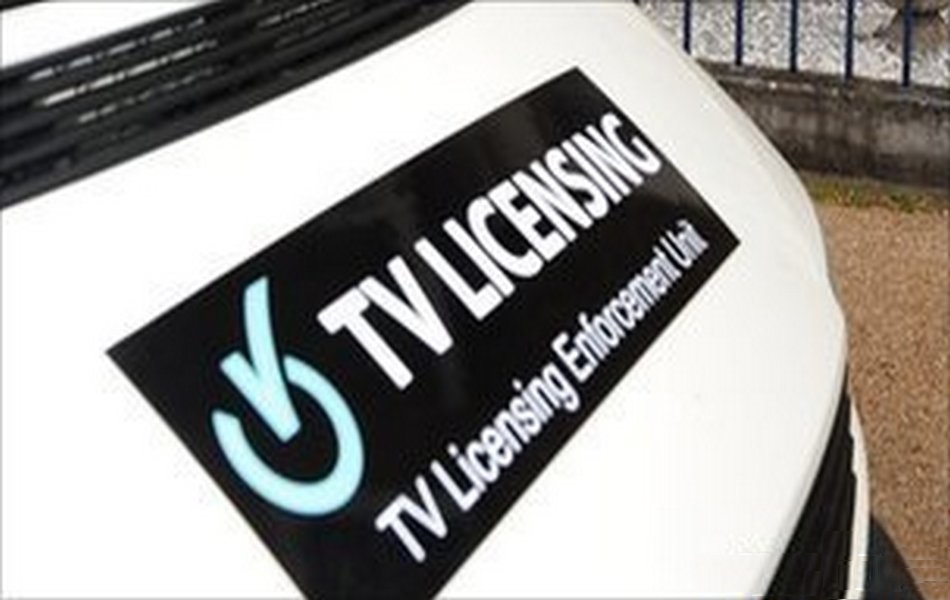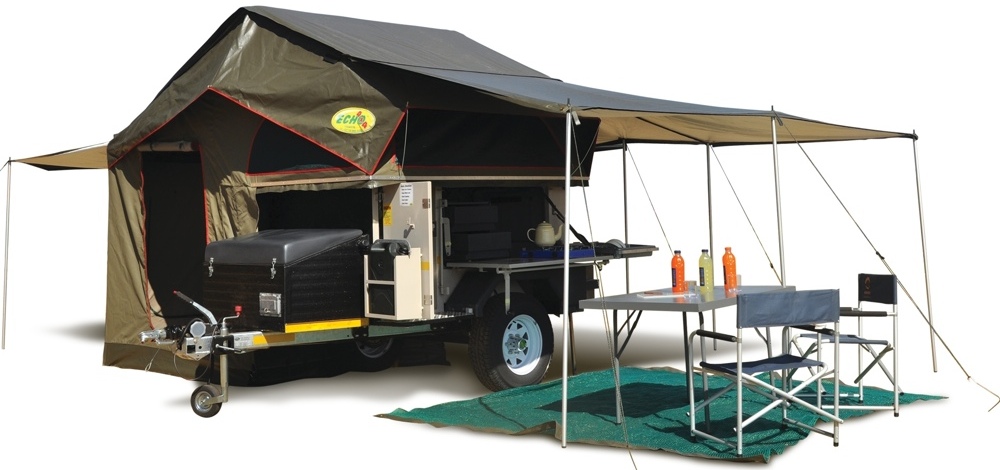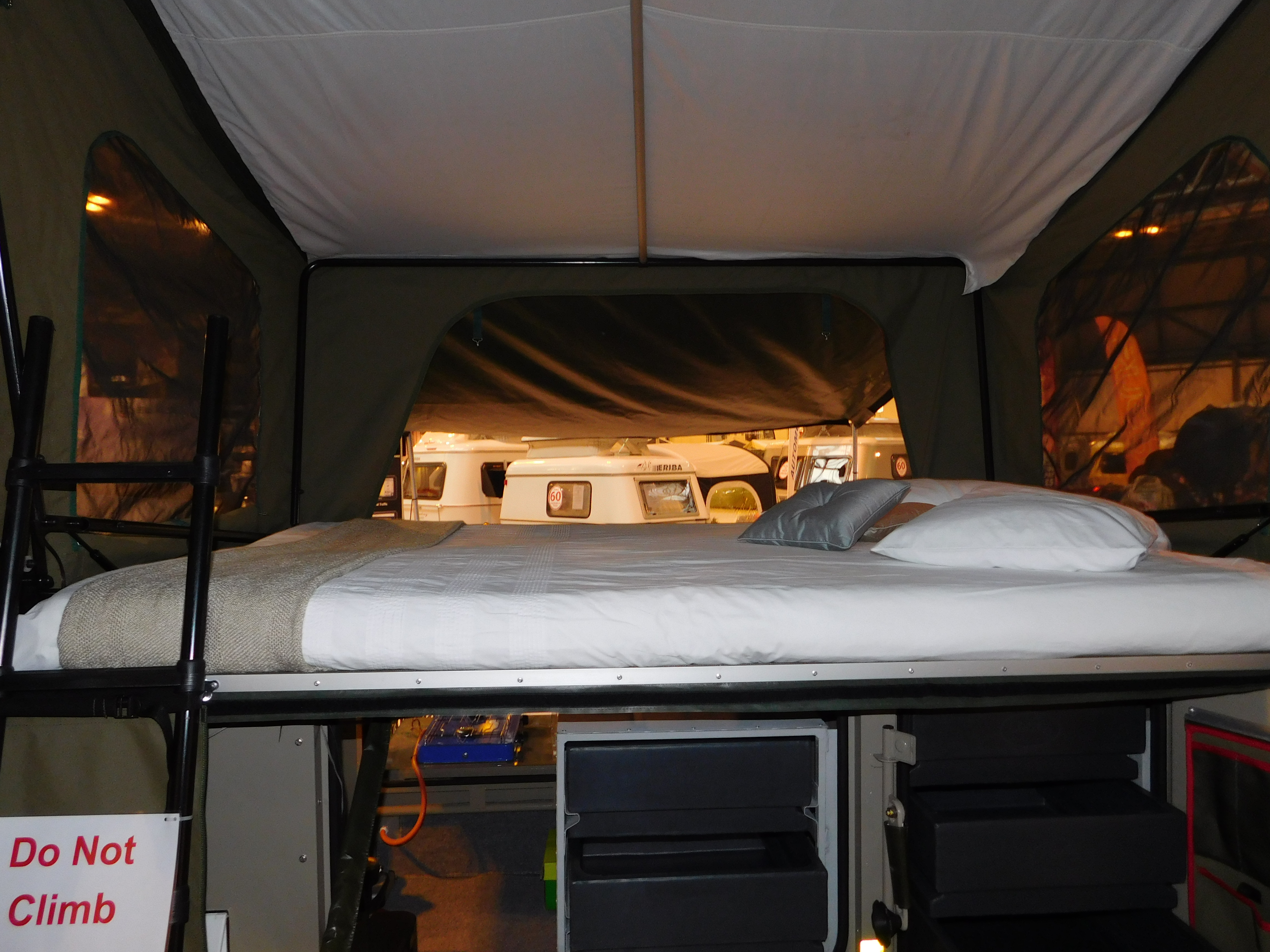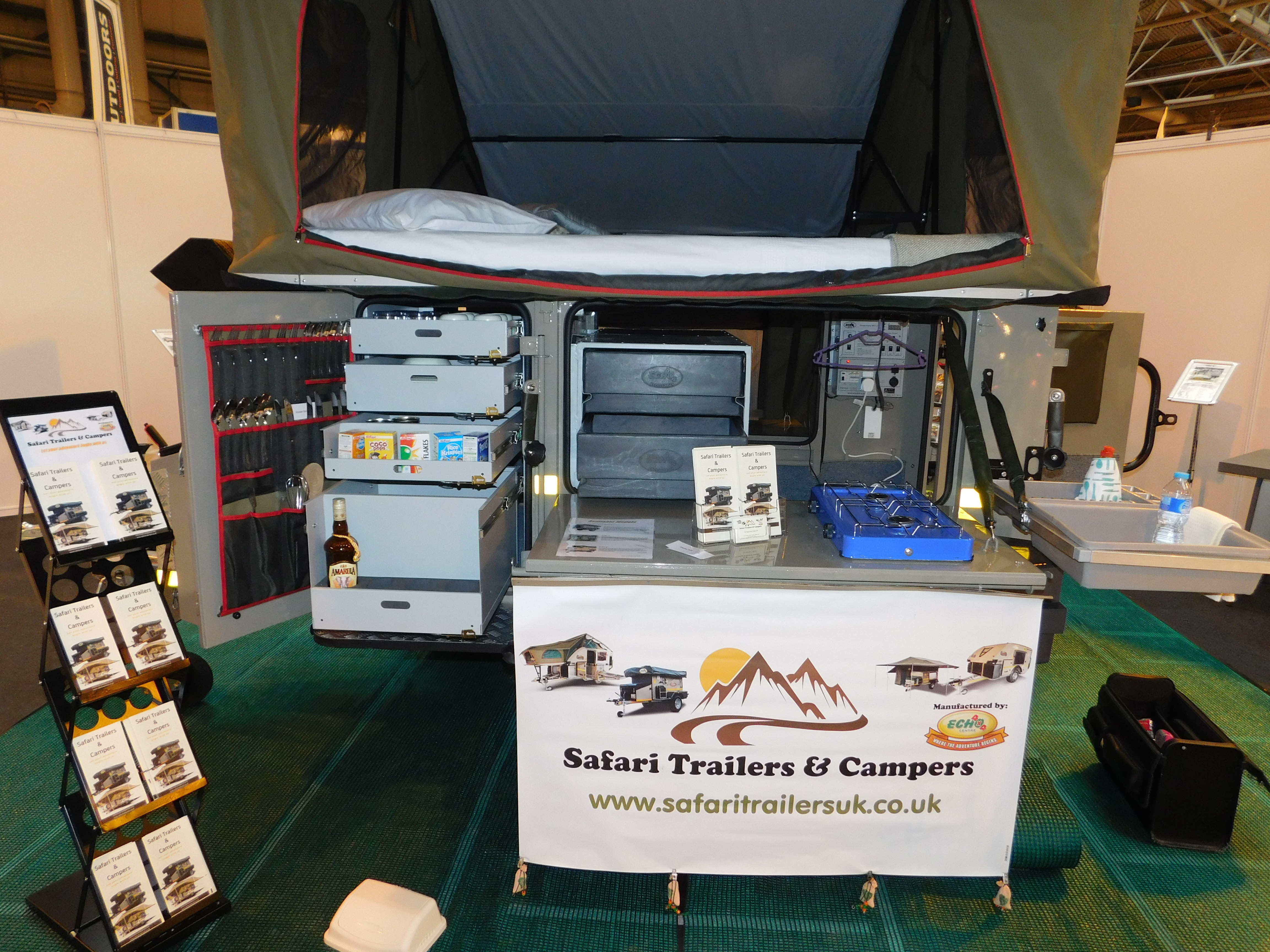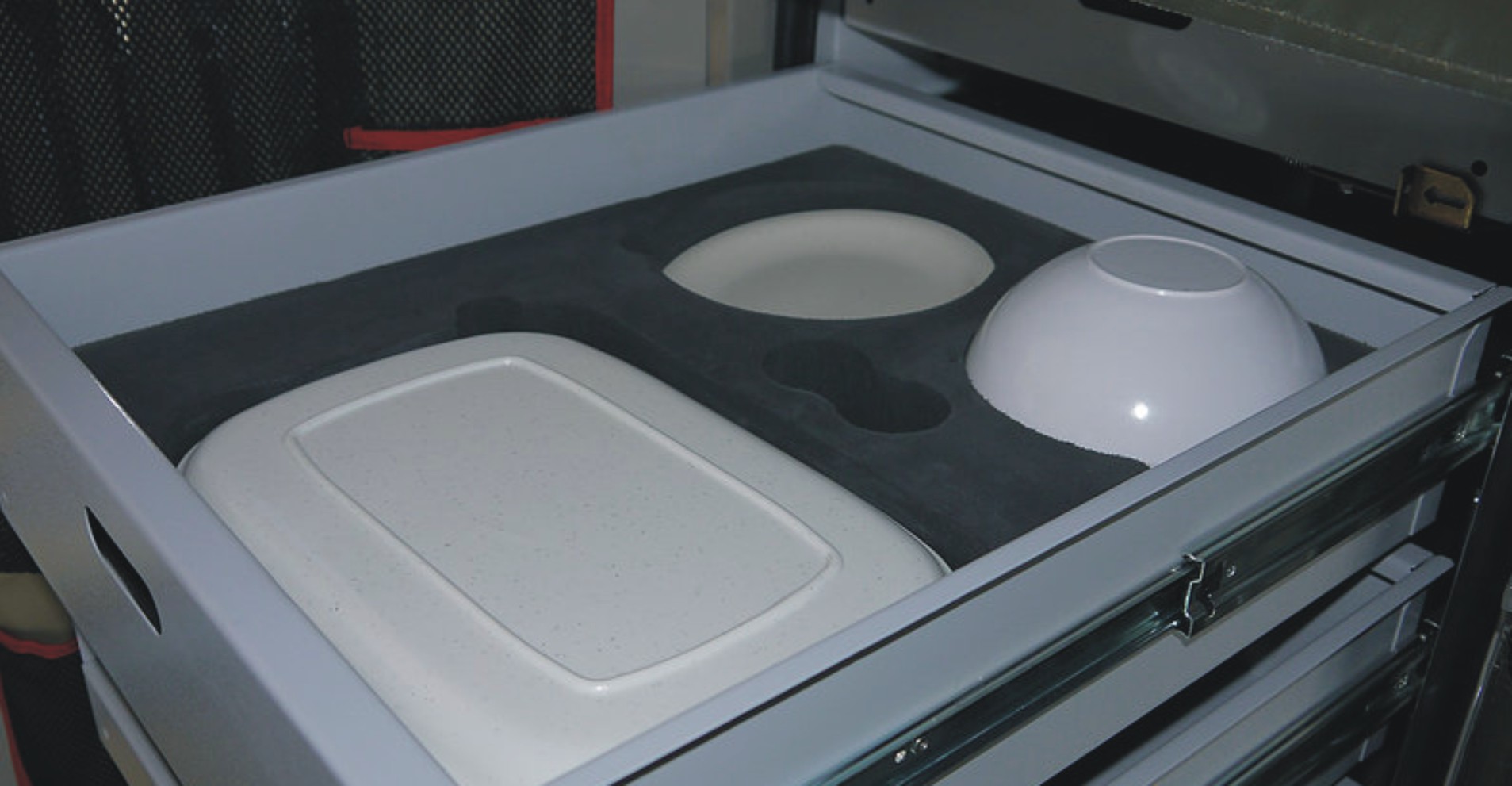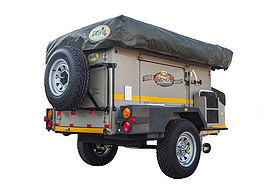More than 20 years since the last major changes to driving licence categories, and this subject remains the most misunderstood and contested topic across pretty much every online forum and social media platform. Worryingly, much of the mis information still comes from apparently credible sources, such as DVLA, C&MC, C&CC, RAC and a plethora of towing training companies.
Pretty much every time a question is asked, someone will suggest we check the back of our licence, or, even more commonly; “check the Government web site”, but does that really help? Finding the basics of licences can be relatively easy, but what about those extra things we need to know? How easy are they to find? Can I tow with L plates? What happens when I need to renew my licence at 70 years of age, and what can I tow if I take my BE test? This guide aims to cover not only the basics, but, ideally, every aspect of licence categories, including those illusive aspects that we might not be able to find easily elsewhere.
The Basics
When we pass our driving test, this entitles us to drive certain types of vehicles. It also allows us to tow with those vehicles. What we can drive and tow is determined by what ‘Categories’ we have on our licence. For the purposes of this guide, we will be looking at those which allow us to drive standard vehicles, and to tow with those vehicles.
Each of these categories will allow us to drive and tow within a certain weight range. It’s important to realise that these weights relate to the plated maximum weights of the vehicle or trailer only. One of the most common reasons for people towing illegally is that they are using the incorrect weights to calculate their limits (usually ‘kerb’ weight, or actual weight). It’s important to understand how we calculate these limits, as driving, or towing, not in accordance with our licence can also invalidate our insurance, and the two offences combined can have a very unwelcome impact on both our pockets and our licences, with heavy penalties and points being imposed in most cases.
Calculating Combined Weights
Working out the ‘weight’ of our combination, for licence purposes couldn’t be much simpler. Although available from more than one source, it’s, always, better to work from the original plates, attached to the car and trailer, as these are the weights the authorities will work on, if pulled.
The car will have a VIN plate attached to it. This is usually found on one of the door pillars, or under the bonnet. This is a typical example of what you might find.
This plate contains, typically, four weights.
The top weight is the Max Gross Weight of the car. (This is its MAM). This is the maximum the car is allowed to weigh, when it is fully loaded.
The second weight is Gross Combination Weight (GCW) formerly known as Gross Train Weight (GTW). This is the weight our car, plus trailer can weigh when both are fully loaded.
The third and fourth weights are the maximum allowed weights on front and rear axles respectively.
In addition to the VIN plate on the car, there should be a weight plate on the A frame or chassis of the caravan / trailer. These will vary in appearance, but a typical one will look like this.
This plate shows us two key pieces of information. It tells us our Mass In Running Order (MIRO) which is the weight of the caravan when it leaves the factory and it tells us our Maximum Technically Permissible Laden Mass (MTPLM) which is what it is allowed to weigh when fully loaded. The difference between the two (in this case; 212kg) is our payload, or the amount of ‘stuff’ we can load in to the caravan before we commit the offence of over loading.
So. How do we calculate the ‘weight’ of our combination? We take the MAM of the towing vehicle (top weight on the plate) and add it to the MTPLM of the caravan. In the examples above, this would be 2,505kg + 1,184kg = 3,689kg total, so this combination would be 189kg over the legal limit for a post 1997 B licence holder. To be fair, though, the vehicle in this example is fairly heavy, There are plenty of decent combinations around, utilising vehicles with an MAM of around 2,100kg, and caravans up to 1,400kg.
MYTH: “You couldn’t tow anything with that car, because its GCW is over 3,500kg“. This is, once again, incorrect. The GCW of this car is 4,200kg, but that doesn’t mean we can’t tow with it, on a B licence. For licence purposes, we add together the MAM of the car and the MTPLM of the caravan. This car has an MAM of 2,505kg, meaning it can tow a caravan up to 995kg MTPLM on a B licence (3,500kg – 2,505kg).
Main Licence Categories For Towing
In this guide, we will, primarily, be looking at Categories B, BE, C1, C1E, C and CE, and I will address each of those individually. I will, also, be looking at how the date we passed our test can impact on what we can both drive, and tow.
Category B
Category B is the most commonly held licence category, and is held by pretty much everyone, regardless of when they passed their test. An understanding of this category is potentially, the single most important aspect of licences for many people, and, yet, it is, probably, the most universally misunderstood of all.
Category B allows the holder to drive any vehicle, up to an MAM of 3,500kg. MAM stands for Maximum Authorised Mass. This is the maximum the vehicle is allowed to weigh, and is shown on the car’s VIN plate. It is, also, shown on section [Y] of the V5 log book. As a guide, all standard cars will have an MAM of less than 3,500kg (including pickups and 4x4s) as will the vast majority of Transit style vans, meaning they can all be driven with no additional test, regardless of when we passed our driving test.
MYTH: “You cannot tow anything on a standard B licence. You have to take a towing test“. Although a very common misconception, this is, of course, completely incorrect.
MYTH: “You can tow on a B licence, but no more than 750kg”. This is, also, incorrect.
MYTH: “The maximum you can tow on a standard B licence is 3,500kg combined MAM (car plus trailer)“. Three out of three. Also incorrect.
OK, so now we have identified some of the common myths, what is the reality?
Many of you will be very familiar with this particular extract from the Government web site.

Although very often misunderstood, this extract is pretty clear, once you look at it correctly. Firstly, it clearly busts the first myth, that we cannot tow anything on a post 1997 B licence, as it explains exactly what we can tow. It also refutes the second myth, as it clearly confirms that we can tow a trailer over 750kg (provided, of course, the combined MAM doesn’t exceed 3,500kg). Finally, this extract confirms that we can tow more than 3,500kg, however, this is only the case where the MAM of the trailer is 750kg, or less. Potentially, therefore, on a post 1997 B licence, we can tow up to a combined MAM of 4,250kg. Of course all standard caravans are in excess of 750kg, meaning that, to all intents and purposes 3,500kg will be the figure to work to for anyone looking to tow a traditional caravan, on a standard B licence.
Because licences work on plated weights, they can be calculated exactly. 1kg over our licence limit is automatically illegal. There is no margin for error, as there can be with weigh bridges.
Category BE
Adding ‘E’ to any category will add towing rights to that category. How much those rights allow us to tow will depend on the category we are adding them to. Currently, if you have a standard B licence, and you are looking to take a BE test, to allow you to tow more, this will allow you to drive a vehicle, up to 3,500kg, towing a trailer up to the same weight. Consequently, this increases the combined max figure from 3,500kg to 7,000kg. Of course, this wasn’t, always, the case. Anyone obtaining their BE prior to 19 January 2013 (whether through pre 1997 ‘Grandad Rights’ or by taking a BE test, post 1997) is able to drive a vehicle up to 3,500kg, towing any trailer the car can tow (no 3,500kg trailer limit) as this extract from the Government web site confirms.

Category C1
Category C1 is the next Category up from B, and allows us to drive vehicles with an MAM in excess of 3,500kg (up to a maximum of 7,500kg). It, also, allows us to tow a trailer with an MAM up to 750kg. This is one of a number of reasons why many mistakenly believe that that you cannot tow more than 750kg on a B licence, as the higher categories are restricted to 750kg without the E suffix, however, category B is the exception to the rule.
Category C1E
As you might expect, this adds the towing element to a Category C1 licence. Taking a C1E test increases our combined allowed weight to 12,000kg. You will note that I say; “taking a C1E test…” Those taking the actual test will receive the full 12,000kg allowance, but what about those of us who have obtained our C1E through pre 1997 Grandad Rights? If you take a look at the back of any driving licence, you will see there are a number of restriction codes, relating to certain specific categories, as in this image below.
In this example above, you will see there is a 107 restriction code next to category C1E. This suggests that the person concerned passed their test before 1 January 1997 (in this case, specifically, 31 July 1981). This means our C1E is restricted to 8,250kg. This is the same limit as we have on C1, but, rather than restricting us to a 7,500kg vehicle towing a trailer of no more than 750kg, we are allowed to ‘mix and match’ weights, to the same level. In other words, for example; a 5,000kg vehicle, towing a 3,250kg trailer. Obviously, in all cases, we are assuming the vehicle is physically capable of towing these weights.
Category C
Category C allows us to drive vehicles over 7,500kg, however, once again, towing capacity is limited to 750kg. Category C covers us for heavy, rigid bodied vehicles, and is the equivalent of the old ‘Class 2’ HGV licence. This category is not obtained through pre 1997 Grandad Rights, and can only be obtained by passing the relevant test.
Category CE
Not surprisingly, this adds the towing category on to a C licence, allowing us to drive a heavy vehicle, towing a heavy trailer. This is the equivalent of the traditional ‘Class 1’ HGV licence.
These are the key categories involved in caravanning and motorhoming. I have, for the purposes of this review, ignored the non relevant ones, such as Category A (motorbikes) and Category D1 (mini busses) for example.
Date of Driving Test
In respect of driving licences, there is one crucial date we need to be aware of; 1 January 1997. Post this date is very simple. Of the Categories mentioned above, only Category B is obtained without an additional test. What this allows us to drive and tow is covered above, in some detail. There were, also, a number of changes made to licences, on 19 January 2013, but these have no impact on what we can tow on a standard B licence.
Those of us who passed their driving test before 1997 will have what I have referred to above as ‘Grandad Rights’. This means we will have been awarded additional categories, without the need for any additional tests. The relevant additional categories obtained are BE, C1 and C1E. Again, all of these are covered in detail above. This is what the Government web site has to say on the subject of pre 1997 licences.

This extract is a little misleading, and, as a result, many believe that the Category BE limit on a pre 1997 licence is 8,250kg. This isn’t correct. As mentioned above, in theory, there is no upper limit on a pre 2013 BE, as the trailer MAM can be unlimited. The 8,250kg referred to above is our C1E limit, with a 107 restriction code.
Can I Tow Over 3,500kg Combined, on a B licence, with L Plates?
The simple answer is; Yes. A standard Category B licence automatically gives us provisional BE status. This means we are able to tow to BE limits, with L plates on, provided we have appropriate supervision. An appropriate supervisor is one who is; over 21 years of age, has held their BE for at least 3 years, and is ‘as driving’ themselves (not drunk, asleep, reading, or otherwise distracted). Because we already hold a full licence, we are, also, allowed to drive on the motorway, even though we are displaying L plates.
MYTH: “In order to supervise a provisional BE driver, we must have taken a BE test. We can’t do so simply because we have Grandad Rights“. This is not correct. Recent changes to the law mean that anyone supervising a provisional licence holder for higher categories must have taken the test themselves. In other words, in order to supervise someone with provisional C1E status, we must have taken the C1E test, ourselves. This does not apply to BE status, and anyone who has held BE for at least 3 years can supervise, as confirmed in the extract below:
The following is a list of provisional BE entitlements, and the licences we need to hold in order to obtain them.

What Happens When We Reach 70 Years of Age?
Once we reach the age of 70, we are required to renew our licence every three years.
MYTH: “In order to renew our BE licence, we need to undergo a medical every three years”. This is incorrect. BE is automatically renewed at 70 years of age, and beyond. What we do lose are the higher categories, such as D1 / D1E and C1 / C1E. In reality, this is only likely to be a factor for those who wish to continue driving motorhomes over 3,500kg.
If we do wish to renew our C1E, at 70, then we will need to complete the D4 Form manually (it can’t be done online) and undertake a basic medical. This will need to be repeated every three years, when we renew our licence.
What If I Take My Test In An Automatic Car?
Assuming we are looking to take, for example, our BE trailer test, the cars we are allowed to tow with will very much depend on (a) the car we passed our original driving test in, and (b) the car we passed our towing test in. This extract from the Government web site clarifies how this works in practice:

What Happens When I Pass A Towing Test In A Higher Category?
As a general rule, if you pass a driving test for a higher category, you will usually find that your lower categories are upgraded automatically. A common example of this is when drivers obtain their Class 1 HGV licence (CE). This automatically upgrades the lower B and D categories, and, consequently, will give us BE, by default. A Class 2 HGV licence (C) on the other hand makes no difference to what we can tow with a car, as it does not include the ‘E’ towing element.
Again, this extract from the Government web site confirms the position.

General Licence Myths:
- “B licences are based on plated weights, but BE is based on actual weights”. This is a really common misconception, and, not true at all. All licences are based on plated max weights. The main reason this myth has arisen is, I suspect, down to the fact that, in most cases, B licence limits are likely to kick in before vehicle towing limits do. If you have a BE licence, however, then licence limits are unlikely to be an issue. This means the limiting factor will be the vehicle towing capacity, and this IS based on actual weights. It is an understandable misconception, but licence limits are always based on plated weights.
- “If we are driving a vehicle / combination over 3,500kg, then we will need a tachograph“. Another popular myth, tachos are only required where we are using a vehicle for hire or reward. It is not necessary in a private situation.
- “Have a look at the back of your licence. It will tell you what you can tow“. Whilst this is partly true, it can be very misleading. The back of our licence tells us what categories we have, but not what they mean,
- “A standard B licence allows you to tow an unbraked trailer up to 750kg, or a braked trailer over 750kg, as long as the combined weight doesn’t exceed 3,500kg“. This can, also, be written as; “If a trailer is unbraked, you can tow up to 4,250kg combined, but, if the trailer has brakes, you can only tow up to 3,500kg combined.” This one crops up time and time again. 750kg is an important threshold, both in terms of B licences, and trailer braking, but the two are not connected. Any trailer over 750kg MAM must have a braking system fitted, by law. For trailers of 750kg and below, brakes are not a legal requirement. Coincidentally, if a trailer has an MAM of 750kg, or less, the combined MAM we can tow, on a B licence increases to 4,250kg. This is, purely, a coincidence. The two facts are not related. If a trailer is 750kg, or less, then the combined weight allowed, on a B licence is 4,250kg. Whether the trailer is braked, or not, is irrelevant. Likewise, if the trailer is over 750kg, our combined limit is reduced to 3,500kg. It is purely a coincidence that these trailers will all be braked, as this is a separate legal requirement.
- “In order to tow legally, on a B licence, the trailer must weigh less than the unladen weight of the towing vehicle“. Another extremely common misconception, and understandably so, as this was the case for a number of years. When the licencing laws changed, in 1997, it was the case that all post 1997 licence holders were subject to this restriction, whereby the MTPLM of the trailer could not exceed the unladen weight of the towing vehicle, however, on 19 January 2013, the EU Third Driving Licence Directive 2006/126/EC was implemented, meaning that this restriction was removed for anyone passing after that date. We then had the ridiculous situation whereby the restriction only applied to those passing their test between 1 January 1997 and 18 January 2013. Because of this, DVLA agreed to make the EU Directive the basis for all licences, and this restriction was removed completely.
These are the basic principles of driving licence categories. They operate very differently from vehicle towing capacities. The former (as well of the basics of licences) are covered here; https://blueskyrecreation.wordpress.com/2018/02/13/quick-guide-to-towing-weights/ You will also find further links there to other articles and guides on similar subjects.









